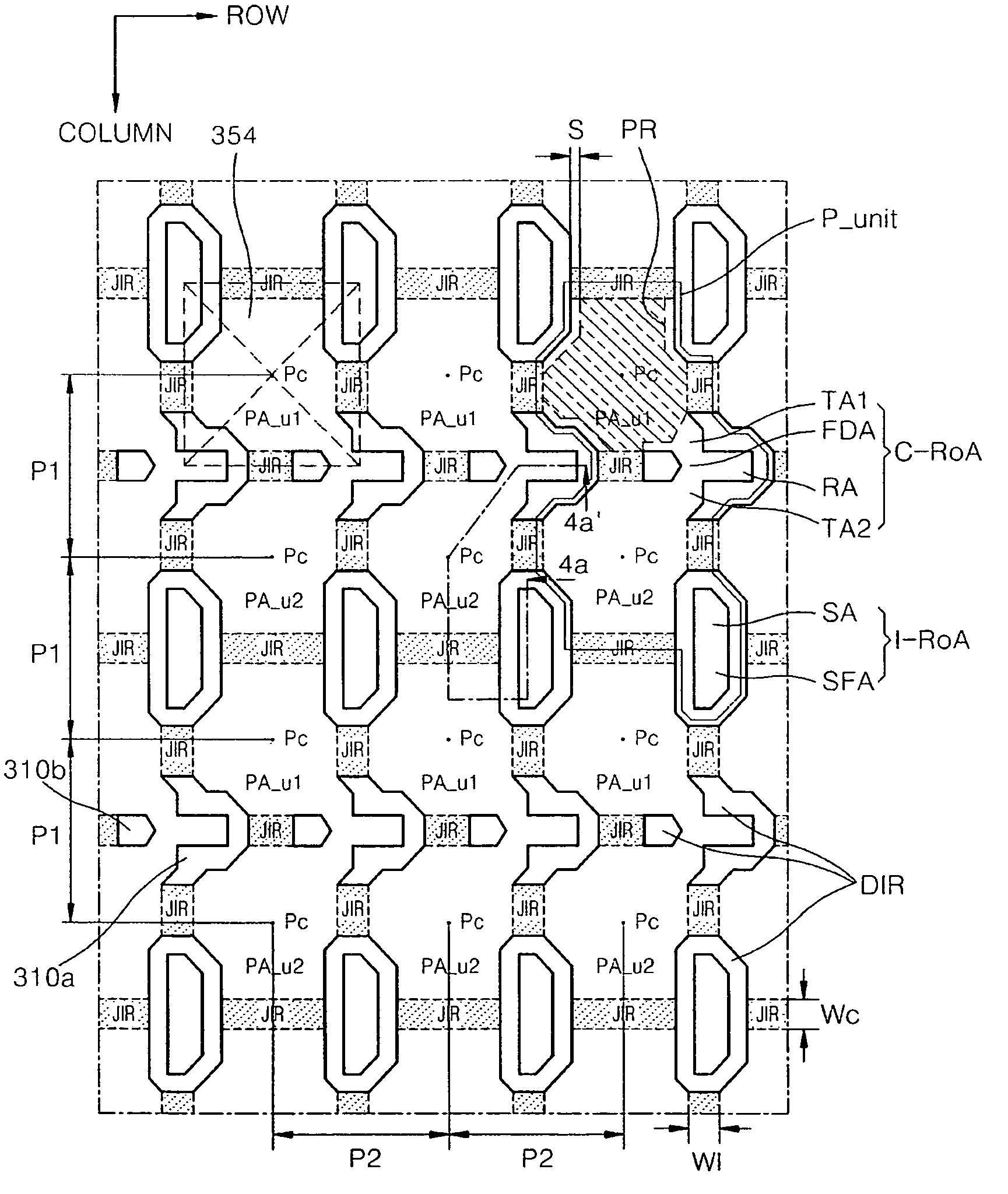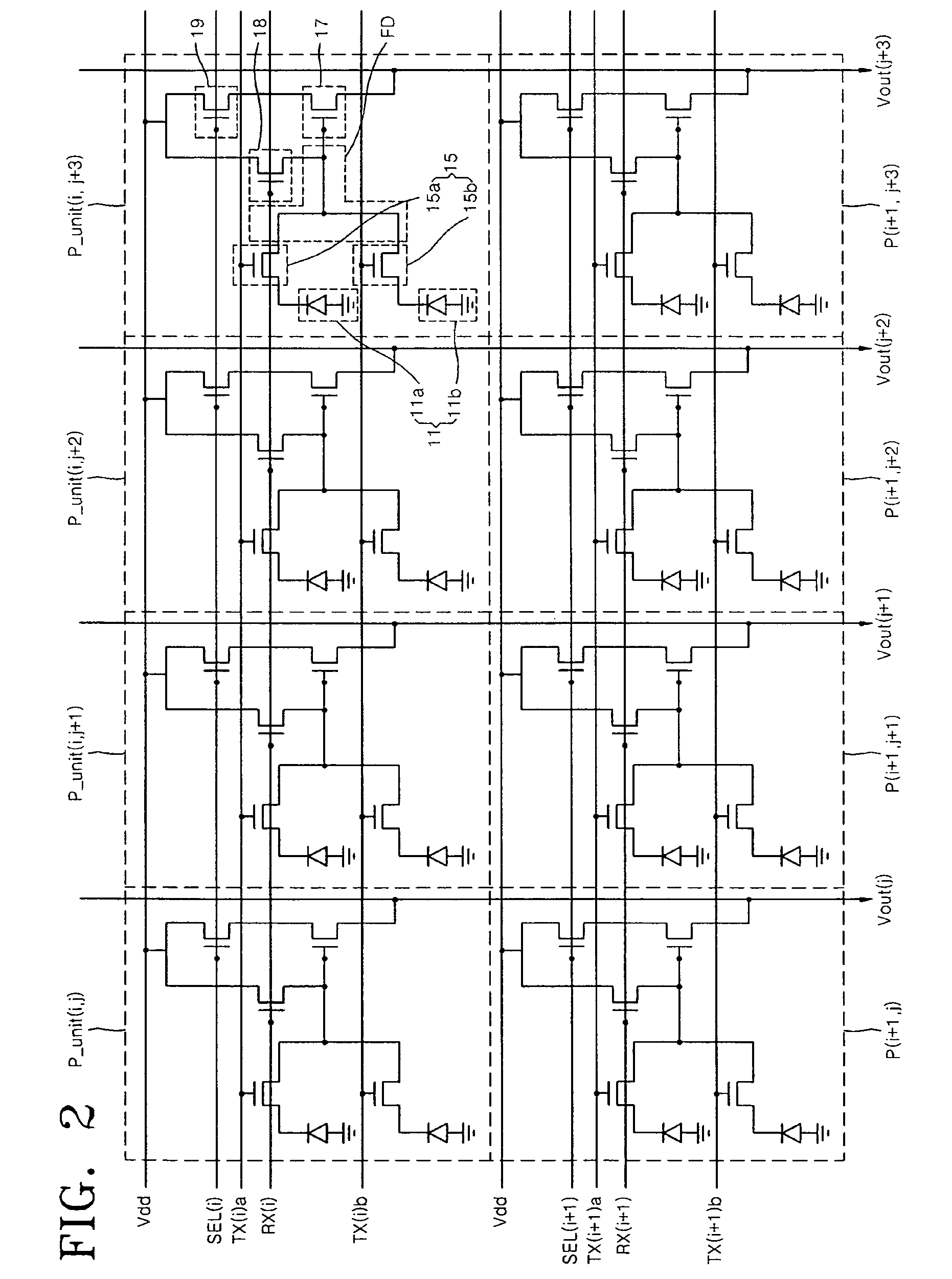Image sensor with high fill factor pixels and method for forming an image sensor
a fill factor and image sensor technology, applied in the field of image sensor with high fill factor pixels and image sensor formation method, can solve the problems of limited area required for three or four readout elements for each pixel, higher power consumption and lower speed operation than cis devices, and achieve high fill factor and higher fill factor
- Summary
- Abstract
- Description
- Claims
- Application Information
AI Technical Summary
Benefits of technology
Problems solved by technology
Method used
Image
Examples
Embodiment Construction
[0087]The present invention will now be described more fully hereinafter with reference to the accompanying drawings, in which preferred embodiments of the invention are shown. This invention may, however, be embodied in different forms and should not be construed as limited to the embodiments set forth herein. Like numbers refer to like elements throughout the specification.
[0088]FIG. 1 is a block diagram of a CIS image sensor according to an embodiment of the present invention. Referring to FIG. 1, a CIS image sensor 100 includes an active pixel sensor array (APS) 10, a timing generator 20, a row decoder 30, a row driver 40, a correlated double sampler (CDS) unit 50, an analog to digital converter (ADC) 60, a latch block 70 and a column decoder 80. The APS 10 includes an array of individually addressable pixels, each including a photoelectric conversion element, and a plurality of readout elements. The readout elements include a transfer element, a select element, a driver element...
PUM
 Login to View More
Login to View More Abstract
Description
Claims
Application Information
 Login to View More
Login to View More - R&D
- Intellectual Property
- Life Sciences
- Materials
- Tech Scout
- Unparalleled Data Quality
- Higher Quality Content
- 60% Fewer Hallucinations
Browse by: Latest US Patents, China's latest patents, Technical Efficacy Thesaurus, Application Domain, Technology Topic, Popular Technical Reports.
© 2025 PatSnap. All rights reserved.Legal|Privacy policy|Modern Slavery Act Transparency Statement|Sitemap|About US| Contact US: help@patsnap.com



